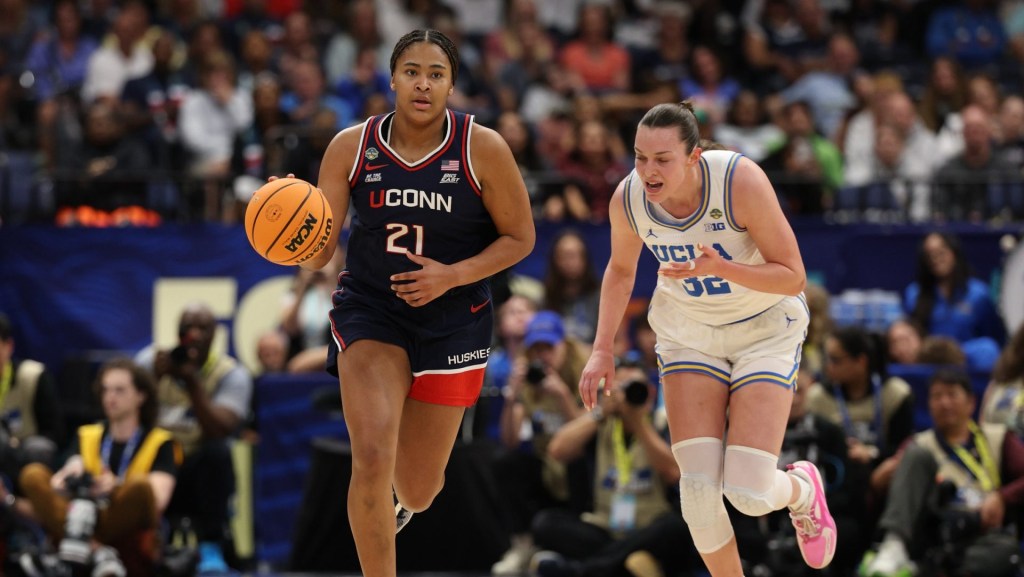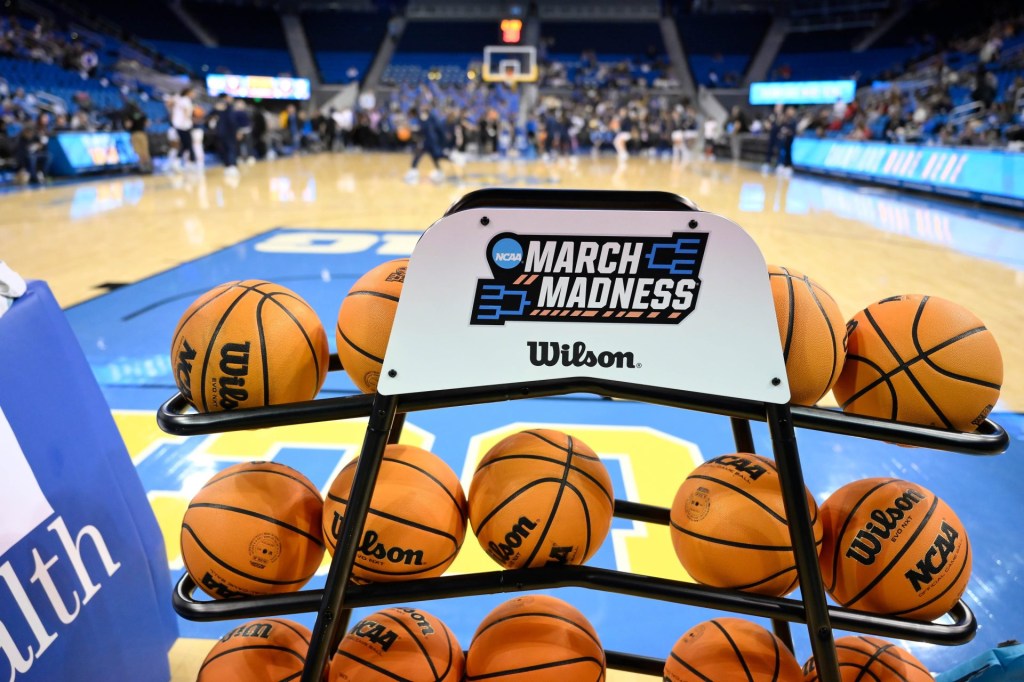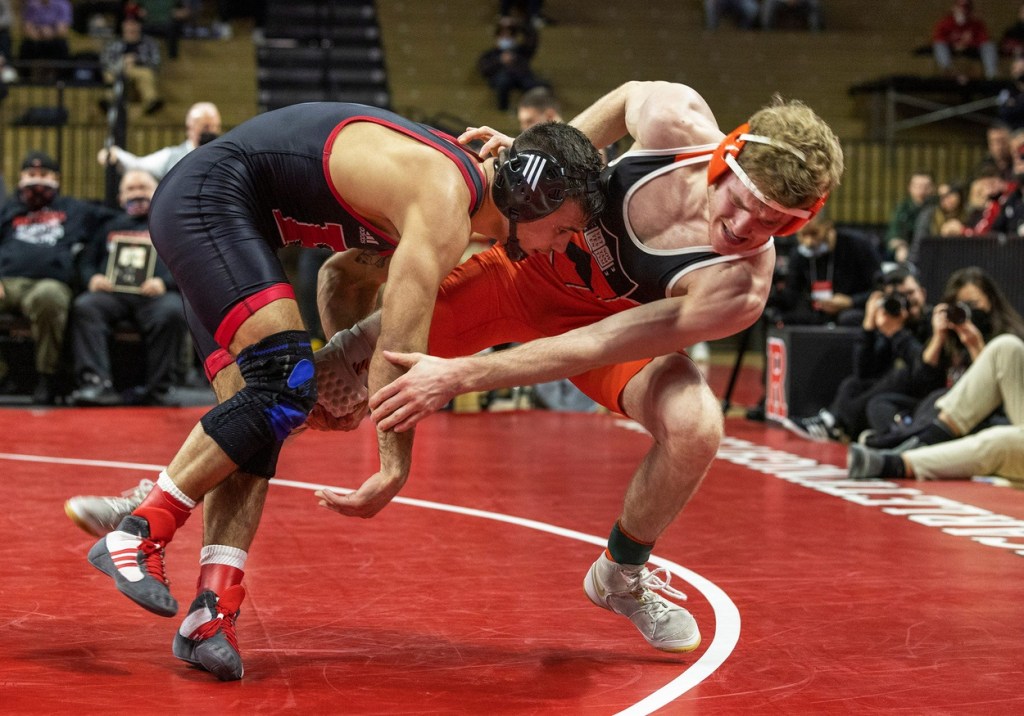When the NIL era arrives, athletic departments will have to continuously adapt to accommodate athletes’ needs — and keep up with recruiting standards.
Rooney thinks he won’t be the only Division I brand coach for long. In fact, he predicts that departments will slowly build entire teams around athlete brand management.
Recruiting Optics
Rooney sees two main factors pushing this shift. First, departments like creative and compliance won’t have the time and resources to dedicate to NIL coaching. He thinks it’s the “natural progression” for athletic departments to build out brand coaching staff.
He also thinks that recruiting will motivate further changes like it did with social media content and shinier facilities: “I will argue that a player will care more about what you’re going to do to help their brand than how nice your locker room is.”
He’s probably right. Two experts previously told FOS they agree that a school’s NIL plan will factor into recruiting, and specifically the transfer market.
Second-tier programs know they’re going to have to compete with Power 5 schools to keep their top talent, Irwin Kishner, co-chair of the sports law group at Herrick, Feinstein, told FOS when the transfer rules were first altered.
Providing unique and effective NIL resources could entice potential transfers to stay put.
Who Has the Edge?
The departments interested in building “recruiting differentiators” will likely be the ones quick to hire brand coaches, Rooney said.
Power 5 programs with bigger budgets obviously have the advantage. But if Duquesne could squeeze money out of its budget to dedicate to an NIL staff member, so can other mid-majors.
“What is the major difference between Duquesne and Alabama?” Rooney said. “I would argue from the branding perspective, it’s the amount of exposure. That’s what increases market value. So if you’re able to own your own channels, your own platforms, and be successful at it, you immediately increase exposure.”

















